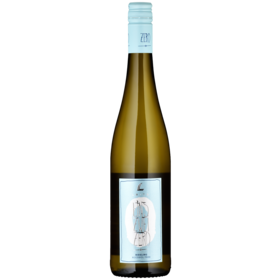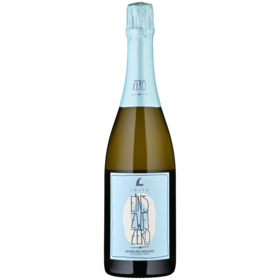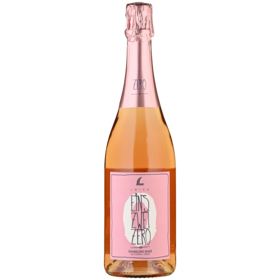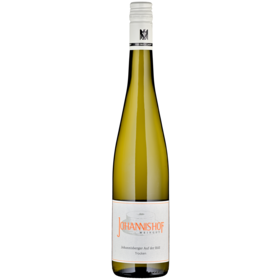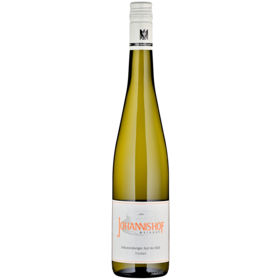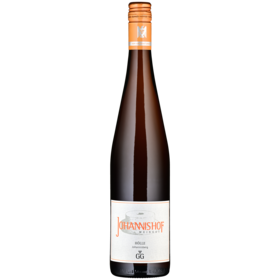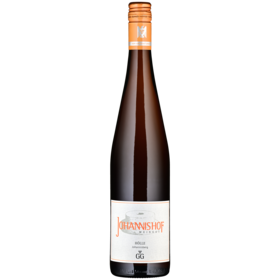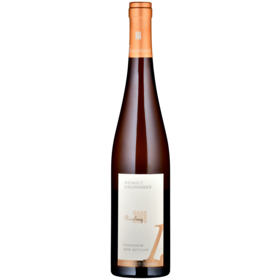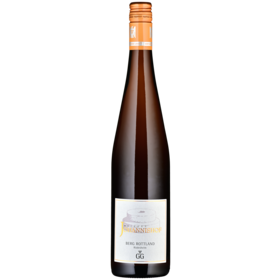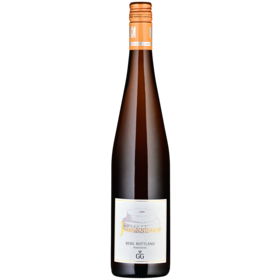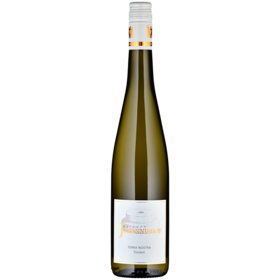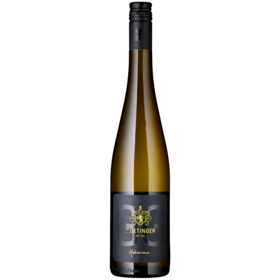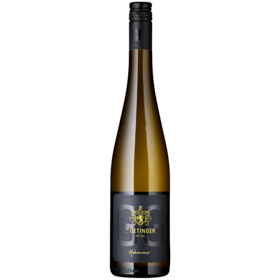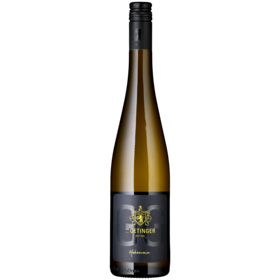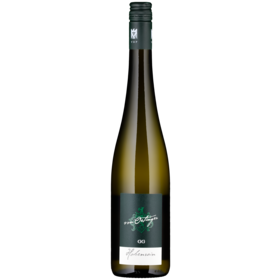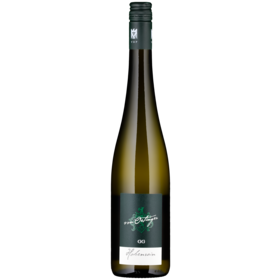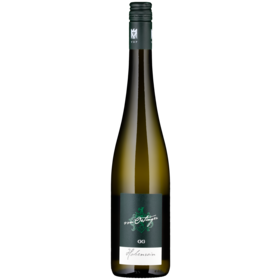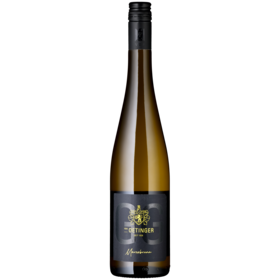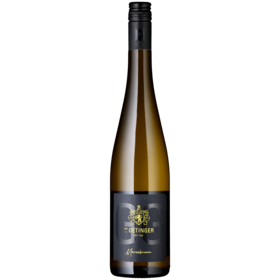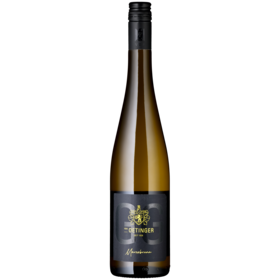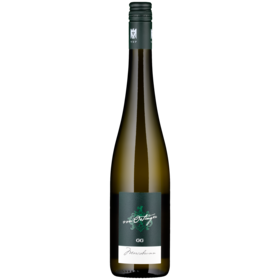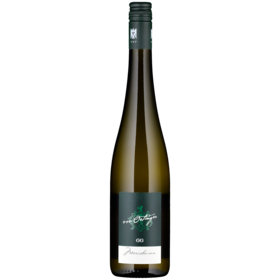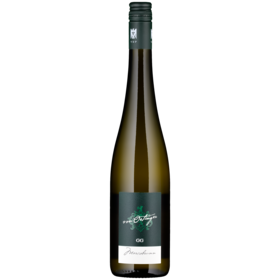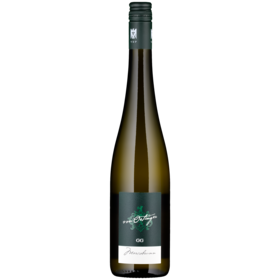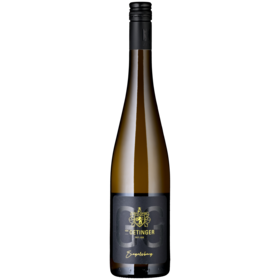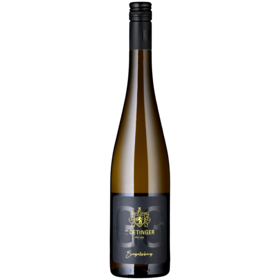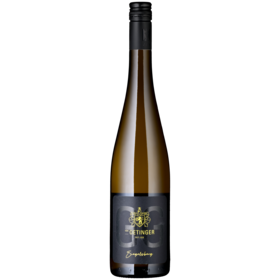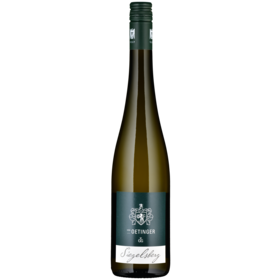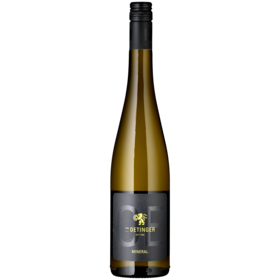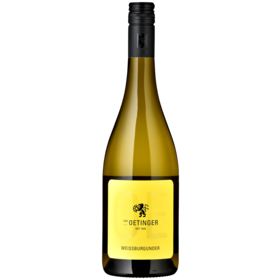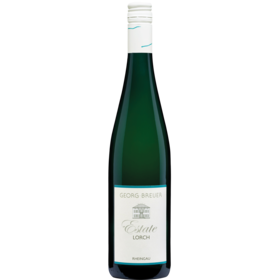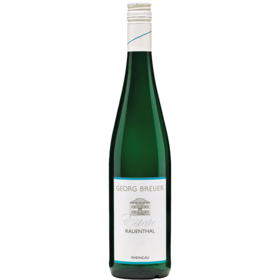Germany
Rheingau
The sunny German wine region of Rheingau lies to the north of neighbours Rheinhessen and the Nahe. Riesling is king in the Rheingau, its character clearly different from that of other regions due to a diverse array of soils, a warm macroclimate and the protection from cold northerlies afforded by the Taunus mountains.
With the exception of a vineyard enclave in Hochheim near the mouth of the River Main, the picturesque Rheingau occupies the right bank of the Rhine, where the river briefly interrupts its northerly course to flow west from Wiesbaden to Rüdesheim. The forested tops of the Taunus mountains form its northern border. South-facing slopes and the reflection of intense sunlight from the river offer ideal growing conditions.
Rheingau Rieslings have a unique character
Viticulture in the Rheingau has a rich and long history that dates back to the Romans. The region has benefited over the centuries from the benevolent influence of cloisters, castles and courtyards. Today’s Rheingau encompasses a compact 3,200 hectares of vineyard. Riesling is the main grape variety, but Spätburgunder (Pinot Noir) is also grown in small but significant pockets. Rieslings from the Rheingau are different to those of other German wine regions. Often needing a little time to express their complex, rich character to the full, they run the gamut of styles from dry to sweet. A warm macroclimate, lots of sunshine, and the shelter of the Taunus mountains are essential prerequisites for these singular, distinctive wines, as are diverse soils ranging from weathered rocks on the slopes to loess, loam and clay near the river.
The birthplace of Spätlese
The monks at Johannisberg monastery in the Rheingau invented the Spätlese (late-harvest) category practically by accident. Back in the 18th century, they had to wait for permission from the abbot of Fulda before being able to harvest each year. In 1775, the messenger who had been sent to get the go-ahead from Fulda was late in returning. Days and weeks had passed, and the grapes were beginning to rot. However, the wine that the monks eventually made was a delicious, succulent nectar. By chance, they had stumbled upon noble rot. From there, they never looked back.


